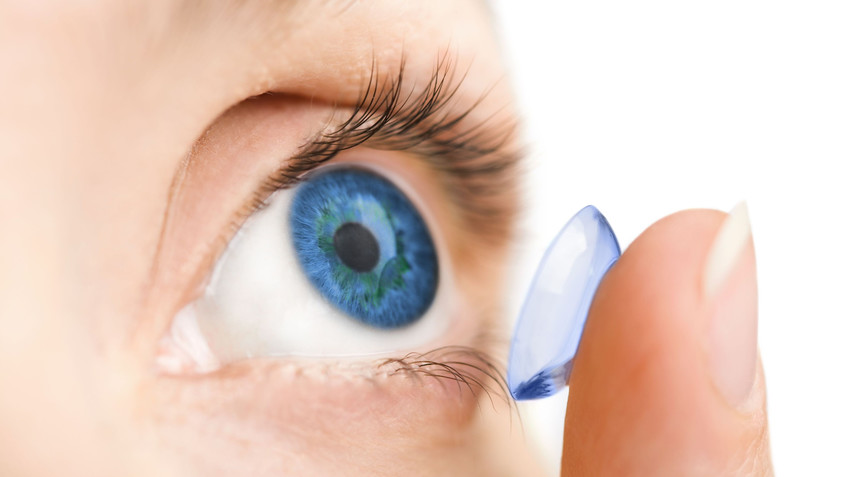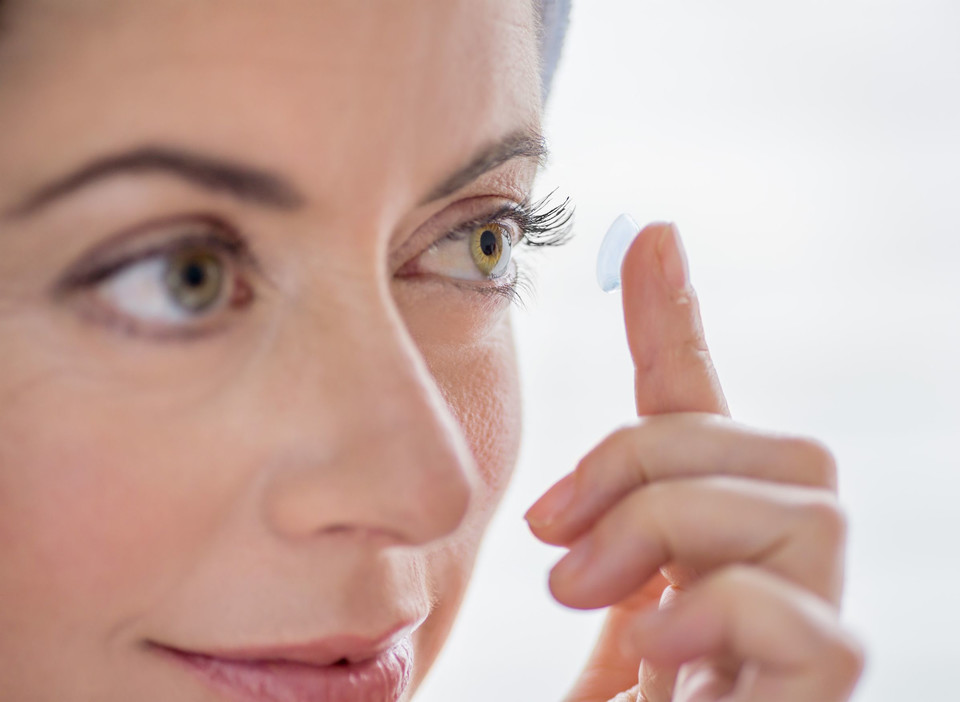A disease that is manifested by total or partial impossibility of color perception. The reason for this disease is a very small or zero number of suppositories, which are responsible for seeing colors and sharpness of view. It is a genetic disease, although it may also occur as a result of injury or other eye diseases.

Have you decided it is time to put your glasses in a case and try out the benefits of contact lenses? You do not want to put your glasses off completely, but are you looking for a suitable alternative that allows you to actively perform all kinds of activities without restrictions? Then you will probably be interested in what contact lenses are available on the market. Although at first glance almost all look the same (with the exception of colored lenses), there are actually differences between them. Closer familiarization with the character of individual contact lenses can help you in choosing the most suitable for your needs.

Have you been using contact lenses for a long time or are you going to wear them soon? Then you might want to know what the optical specialist must define for choosing the most suitable lenses for your eyes. When issuing a prescription, it is necessary to specify the parameters of the contact lenses on the basis of which the optimal lenses are subsequently selected. Since each person has different eyes, it is important to ensure a comfortable fit.
Causes of hyperopia

As with myopia, the cause of the defect is due to incorrect shape of the eyeball. This is shorter than the ideal curvature. As a result, light rays fall behind the retina instead of directly onto its surface, making the captured image appear blurry. Persons with this disorder often have reading difficulties.





